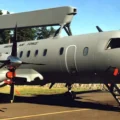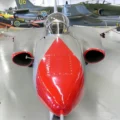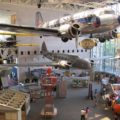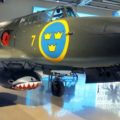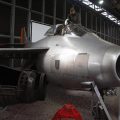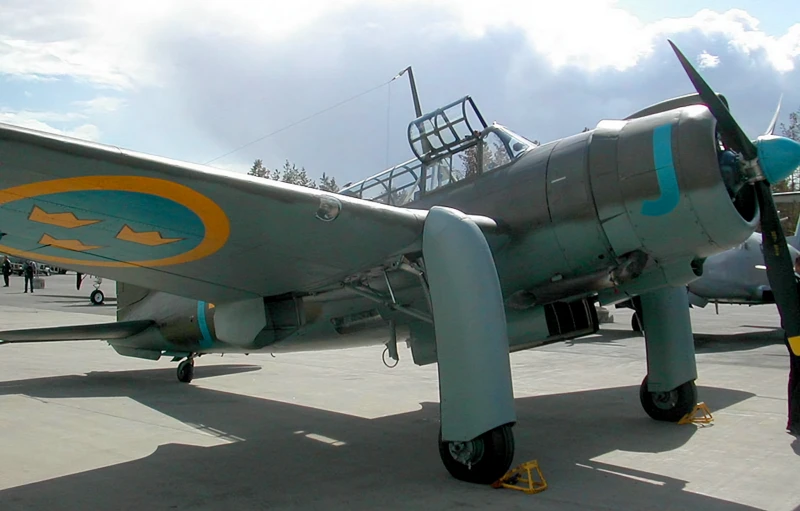
SAAB B17 | |
|---|---|
| Pays | Suède |
| Rôle | Bombardier, reconnaissance |
| Premier vol | Le 18 mai 1940 |
| Construit | 323 |
Lla Saab 17 was a Swedish bomber-reconnaissance aircraft. The project was initiated in response to a request in 1938 from the Swedish air force for a reconnaissance aircraft that could replace the Fokker S 6. Design work began at the end of the 1930s as the L 10 by ASJA, but after the merger with Saab in 1939 it was renamed Saab 17. The wings were reinforced to make it possible for use as a dive bomber. Since there was a shortage of engines the aircraft were flown to their destination, where the engines were removed and returned for use by the next delivery. The aircraft was also made in three versions with different engines.
Source: SAAB B17 sur Wikipedia
| SAAB B17 Walk Around | |
|---|---|
| Photographer | Bengt Norman |
| Localisation | Unknow |
| Photos | 52 |
| Saab B 17A Walk Around | |
|---|---|
| Photographe | Per Borjeson |
| Localisation | Inconnu |
| Photos | 15 |
Voir aussi :
Lla SAAB B17 was a Swedish single-engine monoplane that served as a reconnaissance and dive bomber aircraft during the 1940s. It was developed by SAAB from a previous design by ASJA, and it was the first all-metal stressed skin aircraft built in Sweden. The SAAB B17 had a long greenhouse canopy that housed a crew of two, a pilot and an observer/gunner. The aircraft could be fitted with different types of landing gear, such as wheels, skis or floats, depending on the terrain and mission. The SAAB B17 was powered by various radial engines, such as the Pratt & Whitney R-1830, the Bristol Mercury or the Piaggio P.XI, which gave it a maximum speed of about 435 km/h.
Le SAAB B17 était armé de deux mitrailleuses fixes de 8 mm tirant vers l’avant dans les ailes, d’une mitrailleuse flexible de 8 mm tirant vers l’arrière dans le cockpit et de jusqu’à 680 kg de bombes dans une baie interne ou sous les ailes. Le SAAB B17 pouvait également utiliser ses portes de train d’atterrissage comme freins de plongée lors d’attaques verticales. Le SAAB B17 est entré en service dans l’armée de l’air suédoise en 1942 et a été utilisé pour divers rôles tels que la reconnaissance, le bombardement, la lutte anti-navire, la lutte anti-sous-marine et le remorquage de cibles. Le SAAB B17 a également été exporté vers l’Éthiopie et le Danemark, où il est resté en service jusqu’en 1968. Le SAAB B17 était un avion polyvalent et fiable qui a fait ses preuves dans différentes conditions et scénarios.
Vues : 2708


